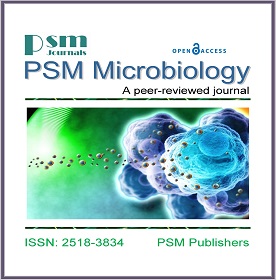Anti-Candida activity of cinnamon Inhibition of virulence factors of clinical strains of Candida albicans by essential oil of Cinnamomum zeylanicum
Keywords:
Adhesion; Cinnamon oil; Germ tube; Proteinase.Abstract
Essential oil of cinnamon (Cinnamomum zeylanicum) has been used in medicine and food additives. In the present work, we examined the antifungal activity of essential oil extracted from C. zeylanicum bark against oral opportunistic strains of Candida albicans. In addition, we verified the capability of this essential oil to inhibit fungal adhesion to buccal epithelial cells (BECs), germ tube formation, and proteinase activities. Cinnamon oil presented minimum inhibitory concentration (MIC) values that ranged from 31.2 to 125 µg mL-1 against the isolates of the tested C. albicans strains. Cinnamon essential oil could inhibit the adhesion of C. albicans to BECs for all of the isolates tested in present study. The C. albicans strains showed inhibited proteinase production after treatment with cinnamon oil, based on the MIC values determined for each C. albicans strain. Cinnamon oil was also able to inhibit the germ tube formation of all isolates of C. albicans, with the percentage of inhibition ranging from 44.7 to 82.9%. Our results showed that cinnamon oil presented potent antifungal activity and the ability to inhibit virulence factors of oral pathogenic strains of C. albicans.




